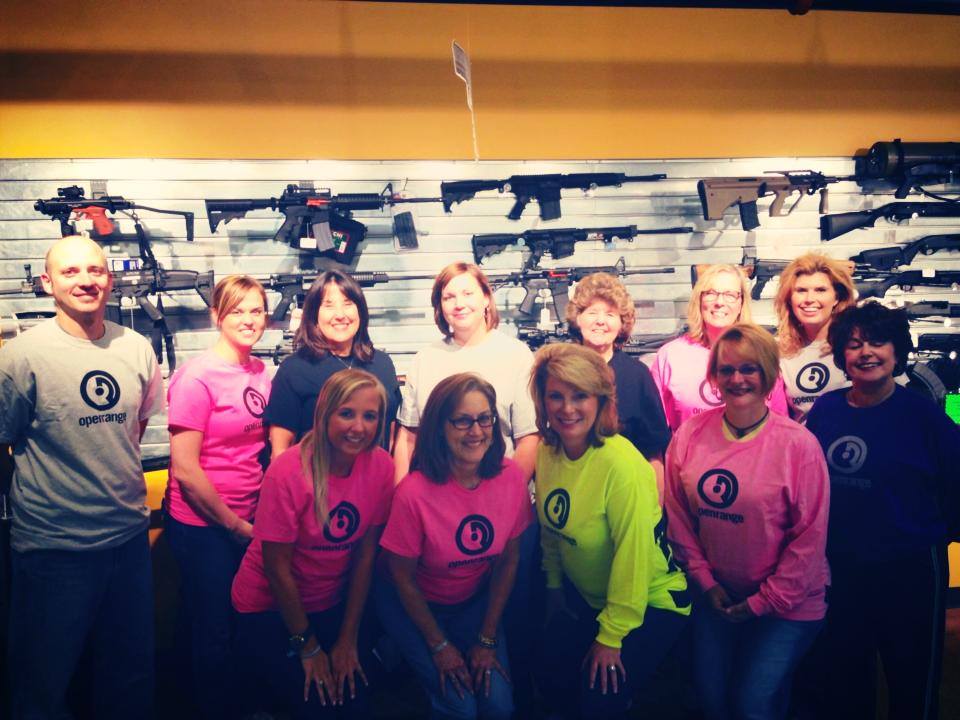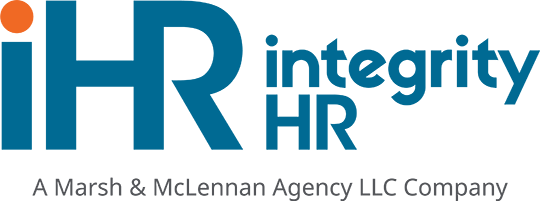There is a nifty Aristotle adage that may hang in a few HR offices around the world: “The whole is greater than the sum of its parts.”
While focusing on individual achievement is important to boost your employee morale, this phrase reminds us of the importance of successful work teams.
Most small business owners and HR professionals dream of well oiled, smoothly operated, and cohesive office teams. (Unfortunately, these same professionals probably aren’t sleeping well at night!)
Every person on your team may be great at what they do and brilliant in their own right, but there’s no doubt that integrating a few key steps into your leadership strategy can make all the difference in the world when it comes to successful work teams.
Now, there is more to creating a work team building strategy than a quick Google search of “what are some fun office team building exercises?” While it may be okay to gather a few ideas from your trusty search engine, remember that there are certain things you should be striving to accomplish during your efforts.
Today, we are giving you the answers to the tough questions surrounding how to create successful work team building events. Let’s get going; we have trust falls to do!
How should I prepare for a work team-building event?

The Integrity HR team enjoyed a team building event at Churchill Downs during Derby Week!
We suggest sending out a pre- work team building event electronic survey to quickly assess your team’s current status. This will also create talking points for team leaders on the day of the training.
Here are some great questions every team member should answer along with some follow up questions for leaders:
- Where are we now?
- This will help team leaders figure out what is already working and what needs improvement.
- Where do we want to be?
- Try following up on this question during the session. Ask – what makes it right? Why should we move in the suggested direction?
- What is the best way to get there?
- Leaders follow up with: What is the objective?
- Who is the best resource?
- Leaders follow up with: What are the payoffs/benefits to getting there while working with others?
- How will we measure the progress?
- Leaders follow up with: What can we do to make it easier and know that we are making progress?
Other questions to possibly include could be about the 4 R’s to effective team involvement. Make sure you address the answers to these questions during the training especially if there are any red flags (more on those later.)
The 4 R’s to Effective Team Involvement
- Roles – What is my role as a team member?
- Responsibilities – What am I expected to do?
- Relationships – With whom do I need to build and maintain relationships?
- Results – What results should be focused on?
You want to make sure that each member of the team has a clear understanding of exactly what their role and responsibilities are, who they need to be keeping close communications with, and what the desired outcomes of their work should be at the end of the day.
How do I address the concerns raised in the pre-event survey?
Here are some typical team problems that you may see in the pre-event survey or hear on the day of the event, and the first steps to solving them.
- Doing everything myself – (Ask “how can you turn something over to someone else?”)
- Worrying about problems – (Ask “what can you do to solve the problem?”)
- Participating in endless meetings – (Suggest that meeting leaders set time limits and use agendas.)
- Procrastinating – (Establish action steps and time lines.)
- Engaging in long-winded conversations and “war” stories – (Identify a member as a time-keeper and use the time keeper to keep the discussions focused and offer another time outside the meeting for detailed conversations.)
- Lack of direction or focus – (This can destroy a team – even when members disagree on how to go about a task, at a minimum department/company goals should be the focus for everyone.)
The best way to address concerns is to first listen to what the team member has to say. Do not immediately dismiss someone’s concerns (this may make the team member keep quiet during the rest of the training.) Show genuine interest in what they have to say and try as best as you can to offer a solution (if it is reasonable). Remember, their concern is legitimate to them, even if you don’t think that it is relevant. If you don’t have an answer at that moment, make absolutely sure that you follow up with them at a later date.
How do I encourage discussion without starting World War III?
It is critical for an organization’s success that it is open to new ideas and different perspectives. Urging for homogeneity and consensus can be the downfall of a business because the team members will not feel like they are empowered to speak their minds and contribute to the bigger picture. Encouraging a little conflict and friendly debating can open the door to great innovations. Just make sure to keep it under control. As suggested above, you can set a time limit for discussions so that one topic does not take over the whole event.
It’s also beneficial to establish some “ground rules” prior to activities such as brainstorming or idea gathering. For example, you might establish the rule that only one person speaks at a time and that there are no “side conversations” taking place while someone has the floor. Also determine that everyone’s idea is permitted to be fully introduced, even if it’s something similar to what’s been discussed before – no dismissing something because it sounds like something you’ve already tried.
If you have a particularly volatile group that has some issues to be worked out in order to work better as a team, you may want to consider bringing in a third party consultant that specializes in mediating work team building activities such as these. Often, someone who is not personally or emotionally invested can bring a sense of calm and reason to highly charged situations.
As we’ve shown, there’s a lot more to work team building than Googling some random bonding activities and forcing employees to partake, such as the old “Trust Fall.” Speaking of “trust falls”…
What type of work team building event should we have?
When choosing a work team building exercise, make sure the exercise has a purpose! Although those silly activities like “trust falls” can be a fun way to socialize and create a bond between employees, make sure that the exercises aren’t arbitrarily chosen- remember, they should have a purpose behind them. Ideally, the purpose of the exercise would be to help address one of the above issues.
Don’t choose team-building exercises that are physically demanding or embarrassing.
Most workplaces have a great diversity in their workforce, with employees coming from all generations, personalities and health and fitness levels. This means you could inadvertently cause overexertion, harm or embarrassment to participants. Keep in mind that while role-playing, a basketball game or karaoke may seem harmless enough to you, for others it could cause the exact opposite effect of what you’re going for.
(You should really read this collection of “team-building exercises gone wrong” stories on NPR. It will certainly make you chuckle and cringe at the same time. Paintballing The Boss: Office Team-Building Exercises Gone Bad)
Where should we host our work team-building event?
If at all possible, don’t hold the event at your office.Encourage employees to offer suggestions for fun and inspirational locations to hold the next event. They will be more excited if they are involved, and you will get some great ideas. After all, everyone spends enough time in the office and the purpose of the event is to enthuse and create a fun atmosphere conducive to building relationships.
What is the best way to show appreciation for my team during the training?

Do not try this at home! Integrity HR spent the morning planning for the year ahead and the afternoon hitting different kinds of targets!
Presents! But it all seriousness…
While it might seem silly or childish, it has been shown that providing work-related compliments to employees can have an inspiring effect on the work they produce. If they feel like you appreciate and admire their contributions, they will be much more motivated and happy. Just remember not to take it overboard; you don’t want anyone’s head to get too large to fit in cohesively with the group. Keep it balanced!
Work team building events can be a great time to hand out rewards for the exercises the group participates in, but they can also be an opportunity to recognize other achievements as well. For example, you could present employees with certificates, mini trophies, logo wear, and even candy!
What is the best way to follow up after a team-building event?
While you may think you’ve covered all the bases efficiently, someone else may have a different opinion. Be open to suggestions as to how you make the experience better in the future. Consider sending out another electronic post-event survey (not another survey!) You can also just hand out pieces of paper at the end of the day with a few questions and ask team members to complete before they leave or turn into their leader the next day.
Wrap it up…
It is entirely possible to have a fun bonding experience for the whole group that will also address some specific objectives that are of importance to the business. These are a great way to stimulate a thriving workforce with a great company culture. Remember that one event isn’t enough; try having a quarterly work team building event to boost morale! Put up the picture in the office to help boost the bond and brighten days after the event is over!











